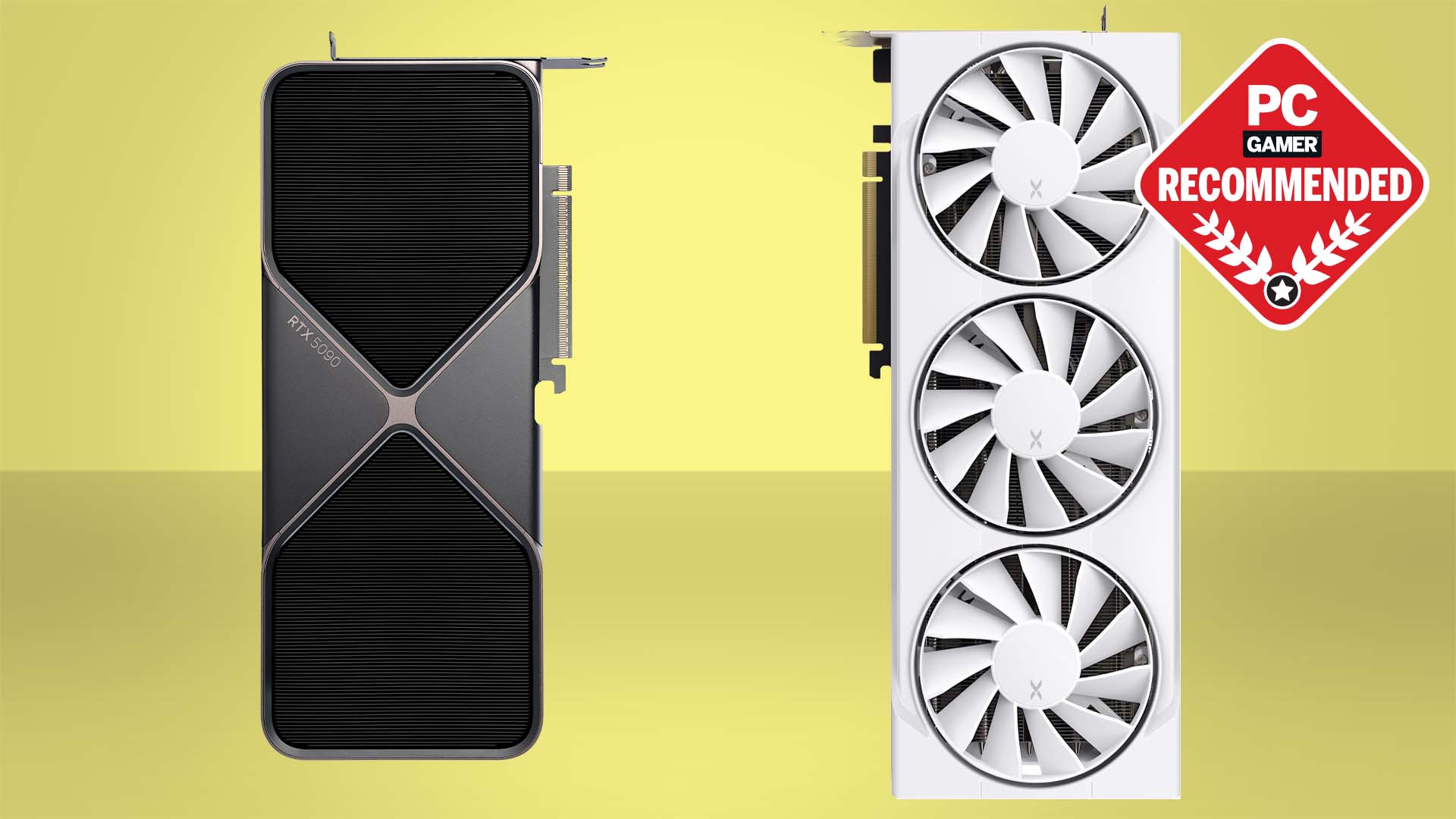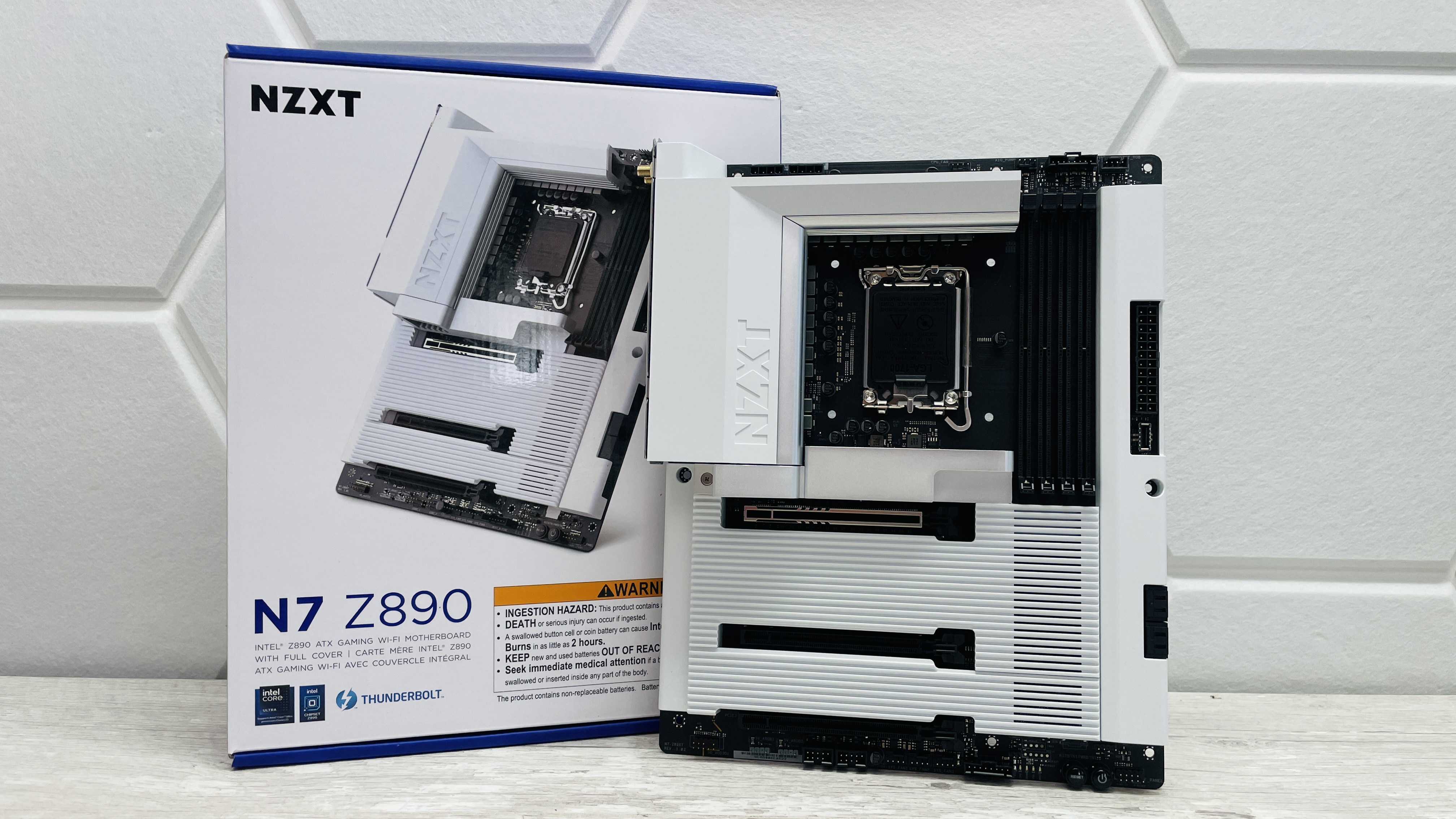The best gaming routers
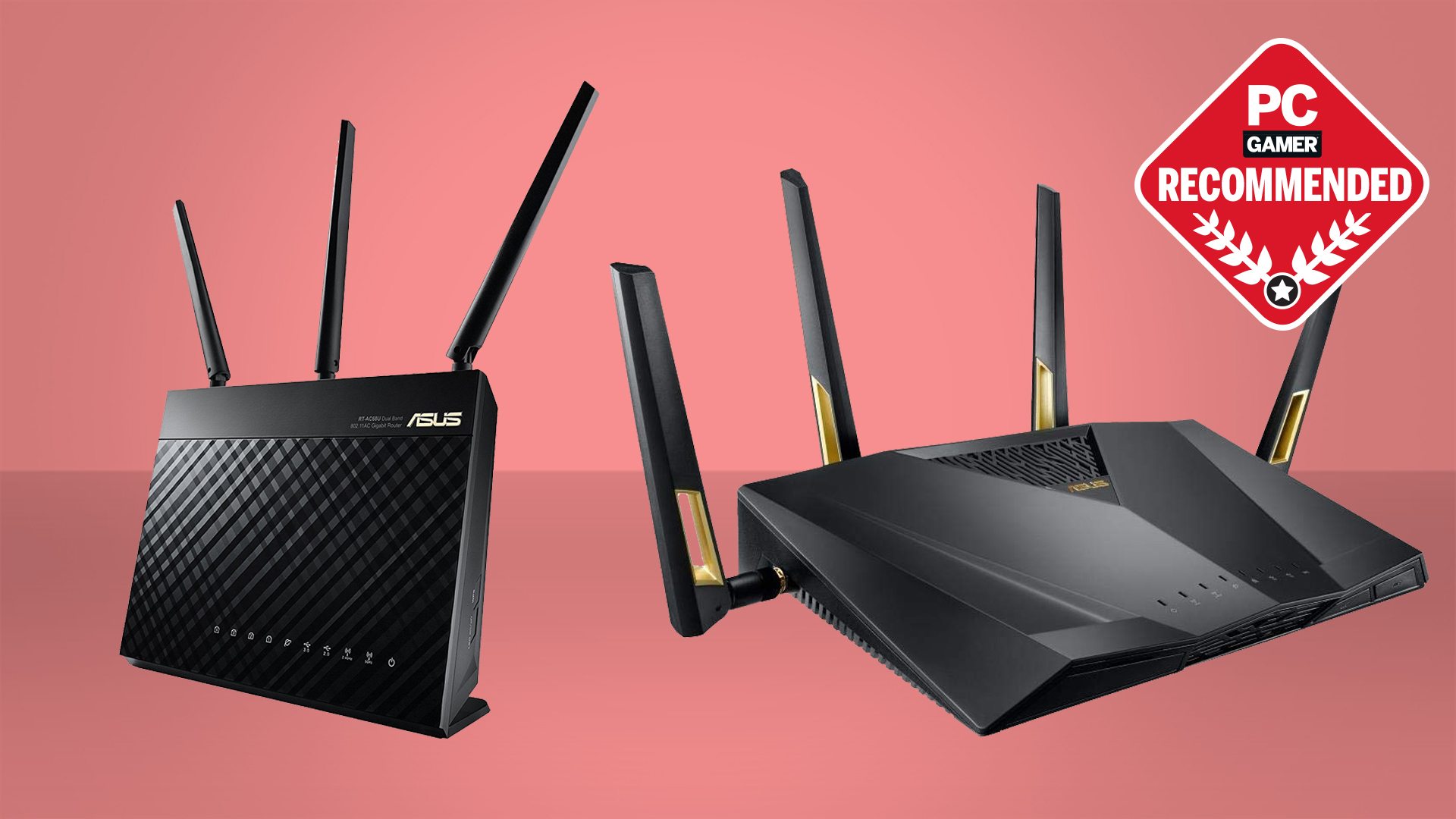
Most people never think about how much a good router can affect your gaming experience. Setting up the perfect home network for gaming is crucial for making sure all that money you're paying for super-fast broadband internet is being used for the things that matter. And by things that matter, I mean playing Apex Legends or Destiny 2, lag-free. Even the best gaming laptops or gaming PCs need a little help to get the best performance if you're looking for faster downloads or the smoothest experience for online gaming.
The best gaming routers have multiple LAN ports for wired connections and wireless capability. As of right now, the current standard for Wi-Fi is 802.11ax aka Wi-Fi 6. This means higher and more efficient data transfer over wireless. It's easy to be distracted by strange-looking gaming routers that look a piece of ancient dark tech covered in antennae and LEDs. Don't worry, we've tested a ton of gaming routers and picked out our favorites.
The reason you go with a gaming router over a normal router is that gaming routers can prioritize traffic to your gaming PC and consoles. The best gaming router reduces lag during your online game sessions, even if other devices in your household are streaming or downloading. If you've had the same router for years, it might be the right time to consider an upgrade if you want to get the most of your internet.
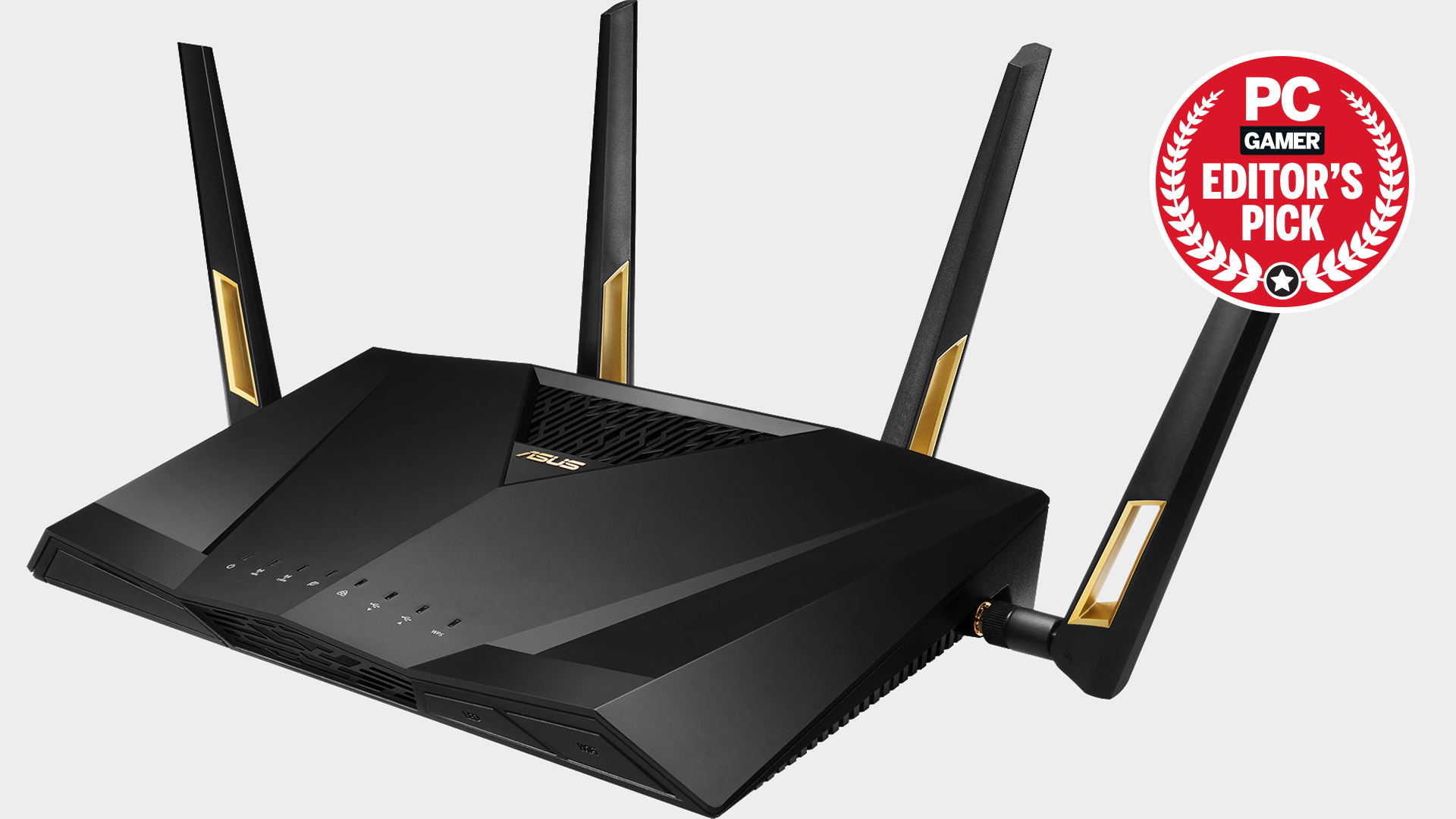
Asus RT-AX88U
Specifications
Reasons to buy
Reasons to avoid
The Asus RT-AX88U is the best choice for a higher end router. It features next generation Wi-Fi 6 (802.11ax) technology, and an impressive eight Gigabit Ethernet ports, which even supports link aggregation. Backing this up is the usual excellent AsusWRT interface, which allows granular control of every imaginable setting. There is also class leading Adaptive QoS, along with Trend Micro antivirus and the WTFast GPN—all with subscriptions included for the lifetime of the router—which are standouts among competing routers.
While the 2.4 GHz speeds are adequate, the 5 GHz speeds are where the RT-AX88U shines. Furthermore, for gaming in a congested environment, this router outdistances the competition with the highest FPS seen to date, and a very low dropped frame rate when simultaneously streaming videos. Sure, next generation 'Super router' performance comes at a high price, but given these benchmarks, it can be easily justified.
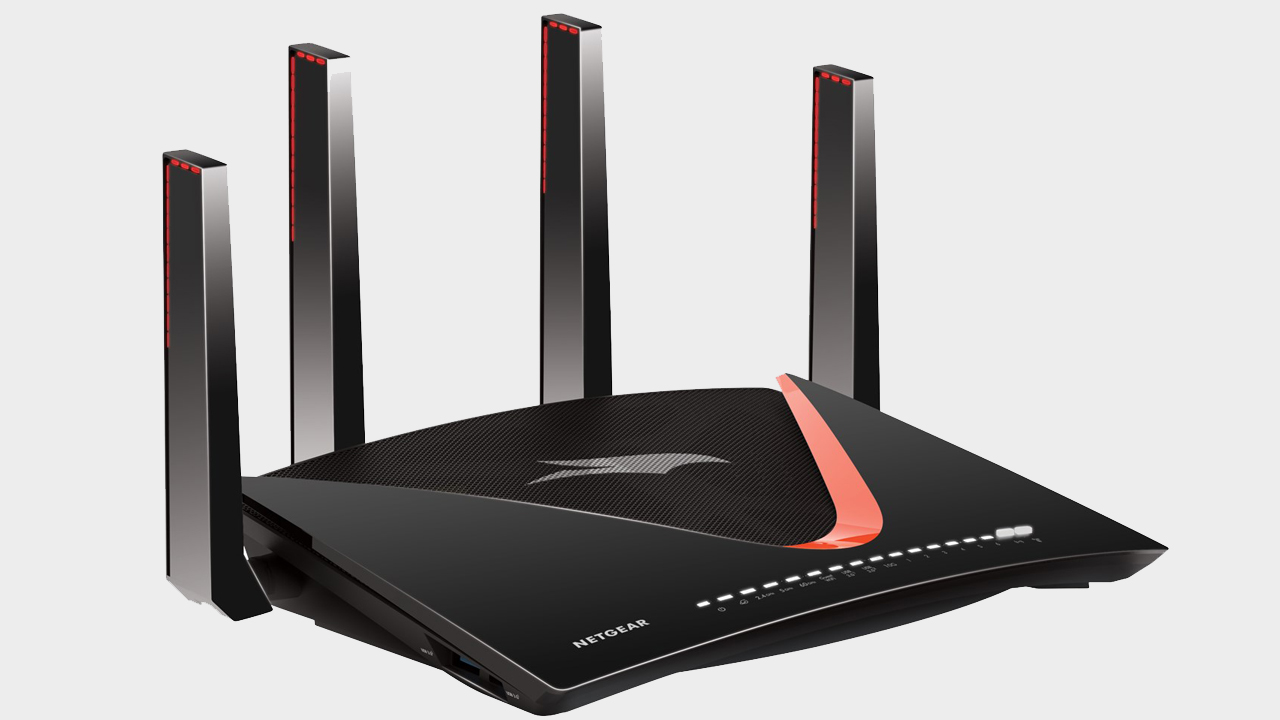
Netgear Nighthawk XR700
Specifications
Reasons to buy
Reasons to avoid
The Netgear Nighthawk Pro Gaming XR700 is a strong follow up to the XR500, which impressed us last year as it was the fastest router we had tested to date. Both are part of the company's 'Nighthawk Pro Gaming' networking line of products—but stay tuned as the XR700 is even faster than its predecessor.
The XR700 has plenty of the right ingredients, starting with the more fluid and organic shape, with red accents. It then goes on to the inclusion of one WAN and six LAN ports (addressing a significant shortcoming of the XR500's only four LAN ports) for enough wired connections, support for link aggregation, and even a 10 Gigabit LAN SFP+ port for ridiculous Ethernet bandwidth. Let's just get it out of the way—with all the attention on the wireless market heading to 802.11ax/Wi-Fi 6, this XR700 uses a combination of last generation 802.11ac/Wi-Fi 5 wireless, and 802.11ad technology (that's the 60 GHz frequency one), which unfortunately has not gone mainstream. It also supports Beamforming via 4 active antennas.
Another highlight of the XR700 is the gaming-centric Duma OS. This enables some unique features such as Geo-Filter to connect to the closest server when gaming. The XR700 also has quite granular control of the bandwidth, and can prioritize throughput by each individual device, for both the upload and download separately, and can assign a specific percentage for each device to balance the load—thereby preventing any single device from becoming a bandwidth hog.
Keep up to date with the most important stories and the best deals, as picked by the PC Gamer team.
On our test suite, the XR700 is a strong all around performer, starting with the 2.4 GHz frequency with some of the fastest scores to date of 284.43 Mbps at close range, and 225.36 Mbps on our far test. This continued on our 5 GHz testing with strong scores of 325.31 Mbps and 331.76 Mbps at close and far ranges, respectively. The DumaOS' exceptional QoS also came through when gaming with our network congestion test with 37.317 FPS, the second highest score to date, but also with an exceedingly low dropped framerate of 6.47 percent on the video streams.
The Nighthawk Pro Gaming XR700 is a great choice for its well rounded throughput (a significant upgrade from the XR500’s weakness), and seriously strong gaming performance.
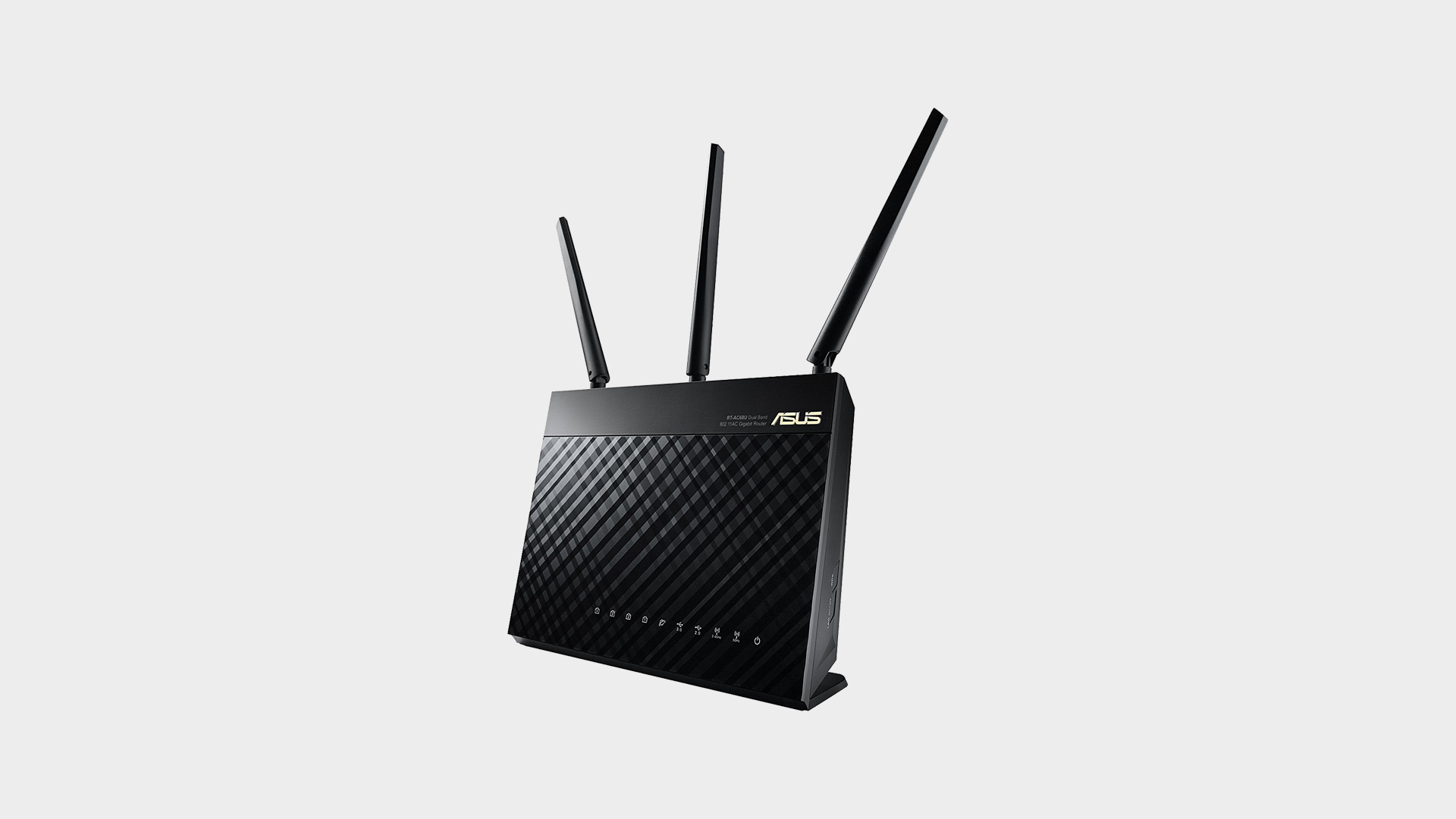
ASUS RT-AC68U
Specifications
Reasons to buy
Reasons to avoid
The Asus RT-AC68U features AC1900 speeds (N600/AC1300) that are fairly standard in this segment. It takes a fairly business approach to the router design, with matte black plastic in a vertical design and three antennas that can be positioned. The router features a 3 x 3 antenna design and a dual core 1GHz processor inside, with 256 MB of RAM and 128 MB of flash memory. With wide support for custom firmware such as Merlin, Tomato, DD-WRT and OpenWrt, functionality on the RT-AC68U can be exponentially upgraded with a simple firmware flash.
While several others have struggled on the 2.4 GHz frequency, the RT-AC68U hardly breaks a sweat. The only real problem for this otherwise capable router is that it got bested on the streaming video tests and falls short in 5 GHz performance. However, with support for just about every custom firmware, the RT-AC68U is great for power users on a budget.
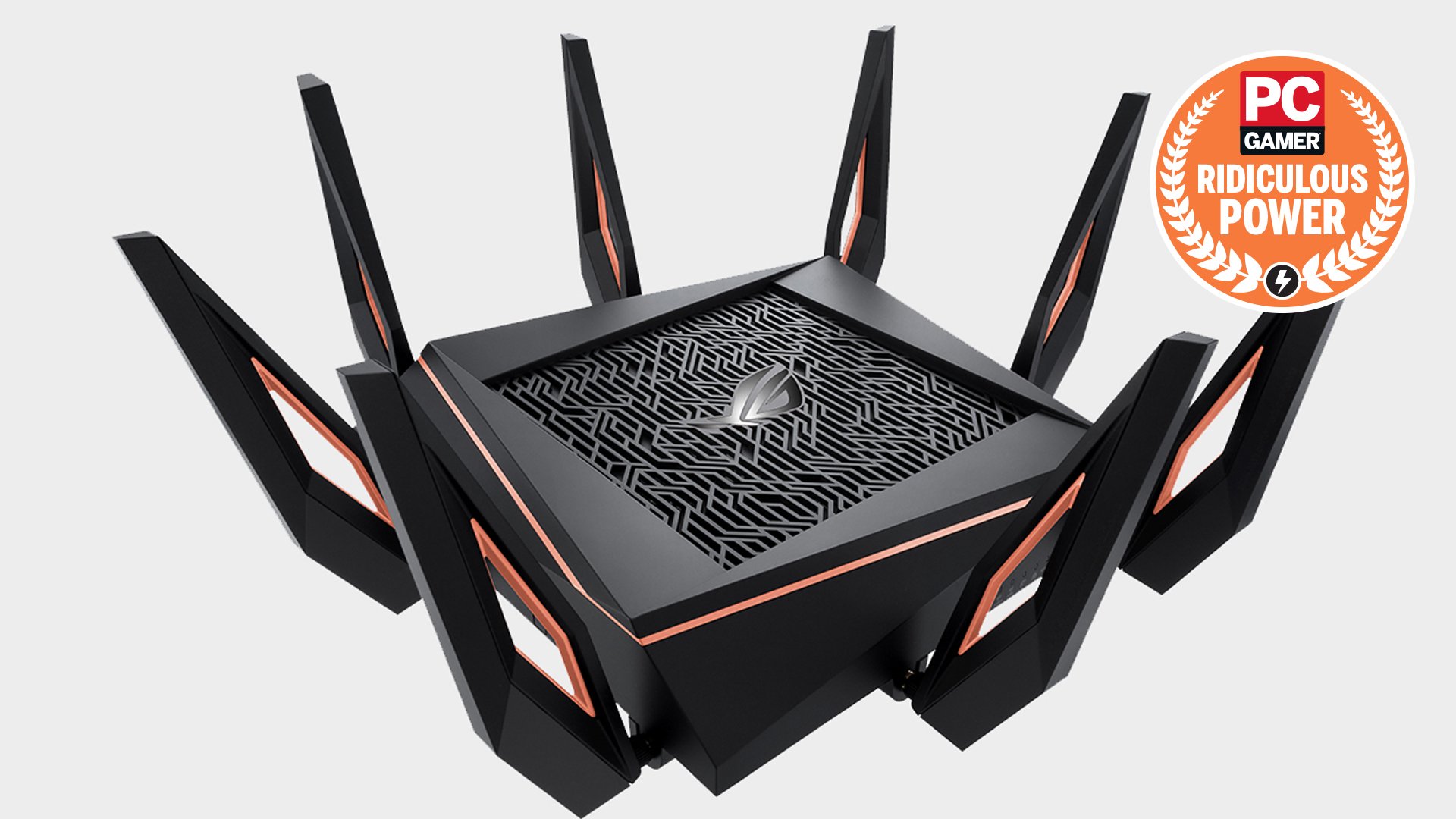
ASUS ROG Rapture GT-AX11000
Specifications
Reasons to buy
Reasons to avoid
The Asus ROG Rapture GT-AX11000 is designed to be the class leading, 'best of the best' gaming router, and looking at the hardware specs, it delivers—big time. Building on the prior routers of this series, the Asus ROG Rapture GT-AC5300, and adding in Wi-F- 6 technology, it promises to be the best thing since 'peanut butter in my chocolate.' This router uses a dedicated 2.5GBase-T port for higher wired bandwidth along with four Gigabit LAN ports, although we prefer the eight ports that other Asus routers offer.
On the wireless side, it is tri-band with 802.11ax, for more than 10 Gigabits of wireless bandwidth, along with DFS bands to avoid interference. Additional gaming-centric features include integrated WTFast, VPN Fusion to segregate gaming traffic from VPN for maximum throughput, Dynamic QoS to prioritize gaming traffic, Games Radar to check the ping times to different game servers to minimize latency, and for those that prefer a more colorful surrounding, Aura RGB.
Running the Asus ROG Rapture GT-AX11000 through our testing left us seriously impressed. While the 2.4 GHz speeds are decent 170.81 Mbps on the far test, the 5 GHz speeds are exceptional, with the fastest throughput speed of any router so far at 333.54 Mbps. Oh, and we don't even have an 802.11ax USB Wi-Fi adapter yet, so this is using 802.11ac gear on the client side. All the promises of this latest Wi-Fi 6 standard also get the job done as we had the highest ever seen FPS of 38.583 on our network congestion testing, along with the lowest latency to date on our PingPlotter test. Yes, this router is really that good.
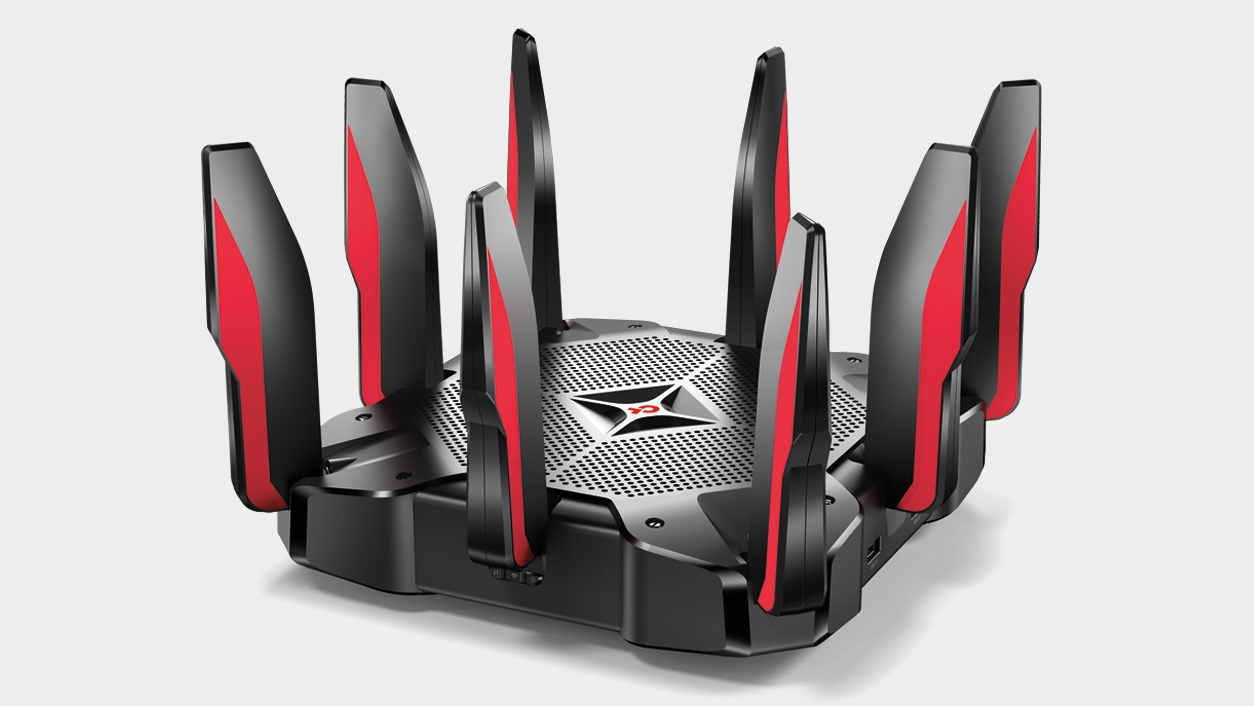
TP-Link Archer C5400X
Specifications
Reasons to buy
Reasons to avoid
TP-Link's latest entry into the high-end gaming router space is a significant improvement over previous models, and now ranks among the best gaming routers of 2019—especially when it comes to the 5GHz range, at which it excels. Our review of the TP-Link Archer C5400X awarded it near-top marks. What we love about it is how easy the C5400X is to set-up and use, while still offering the features you’d expect like the ability to easily manage QoS, the inclusion of network security (via Trend Micro), and options to not only blacklist but also whitelist certain devices.
In terms of the throughput speeds, our tests clocked the following for the Archer C5400X: at 2.4GHz it delivers 117Mbps near / 112Mbps far, which is kinda middling, while at 5GHz the it performs extremely well, clocking 344Mbps near and 347Mbps far. From this perspective, it's market-leading. What disappoints, if anything, is the lack of specific tech to decrease latency, which you see in competing models of the same price, like the Netgear XR500. In terms of ports and antennae it's near identical to the superb Asus ROG Rapture GT-AC5300, but doesn't quite offer the same performance. It is, however, a cheaper alternative and a highly-recommended gaming router that's pleasingly easy to set-up and manage.
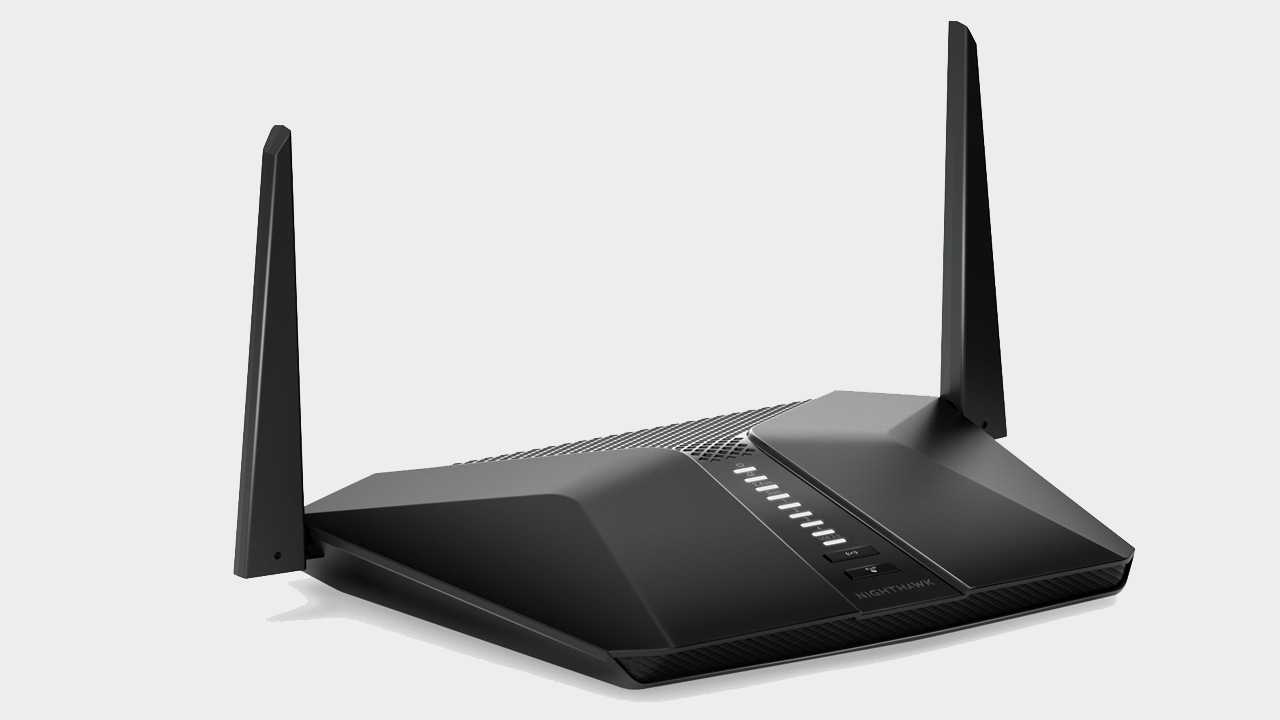
Netgear Nighthawk AX4 4-Stream Wi-Fi 6 Router
Specifications
Reasons to buy
Reasons to avoid
Wi-Fi 6 is spreading across product lineups this year, and the Nighthawk AX4 is an excellent example of what this spec—that holds the promise of faster throughput to more devices—can accomplish, even on a more budget router.
The Nighthawk AX4 does not have the flashy colored stripes and LEDs of other higher end gear. Rather it has a horizontal orientation, with two external antennas, four Gigabit LAN ports, a single USB port, and a row of green indicator LEDs. If your impression is that this is fairly generic, that would be totally correct.
The specs continue the budget theme, as it is limited to dual bands, a dual core processor, along with 512 MB of RAM, and 256 MB of flash memory. The interface is via the Nighthawk app, although it can also be used via a web interface, but this is also more generic, as you won’t find the DumaOS here, but the more familiar Netgear one. There is also the option for QoS (which is a simple toggle on or off) for gaming, but there is no granular control to better balance gaming needs, and video streaming across multiple connected devices to better optimize the experience.
In testing, the AX4 achieved some great performance numbers when it came to throughput—like the fastest we have seen to date, with a close testing speed of 343.69 Mbps on the 2.4 GHz frequency, and 345.16 Mbps on the 5 GHz frequency. It was also no slouch on the far testing with 222.32 Mbps on 2.4 GHz, and 308.75 Mbps on the 5 GHz frequency showing the value of the Wi-Fi 6 spec. When it came to the network congestion test, the gaming FPS are solid at 23.85 FPS, although the video streams showed a high 46.4 percent dropped frame rate leaving us wanting for more granular control to optimize the video experience better, but this router leaves us wanting on this particular feature. Still, for those that want the throughput that Wi-Fi 6 offers, at a more affordable price than most, then the Netgear AX4 is an attractive offering.
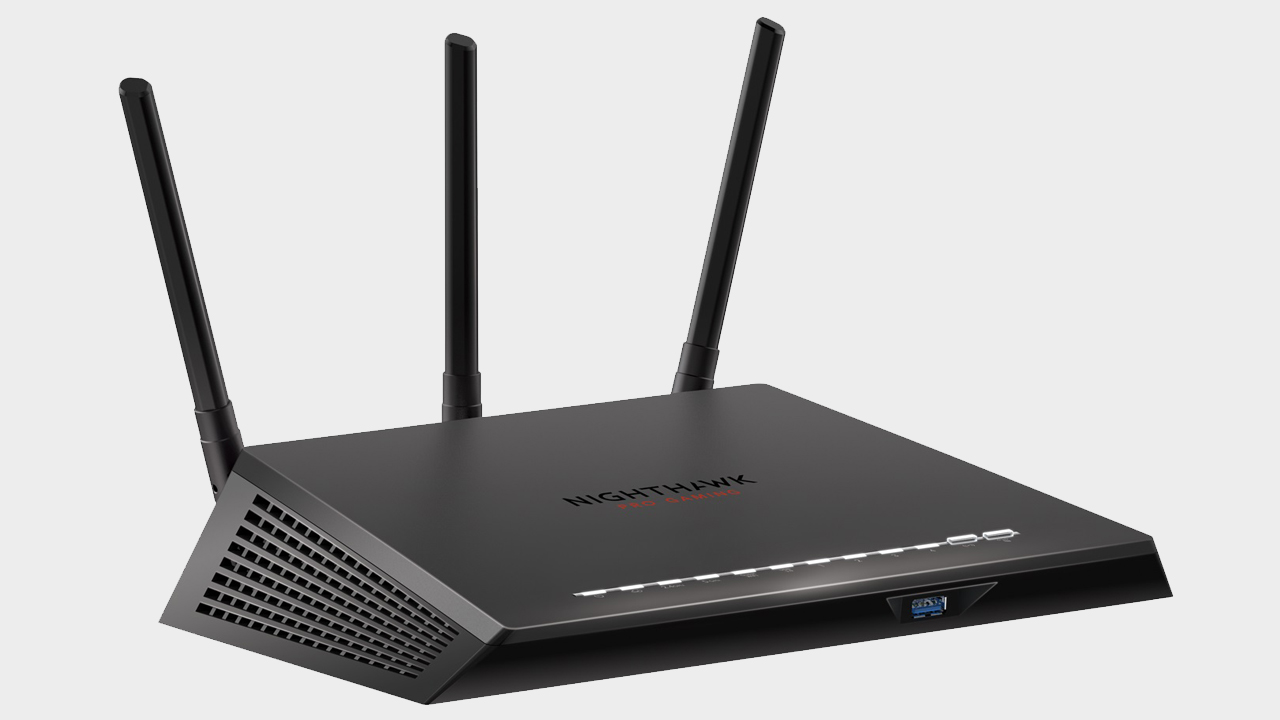
Netgear Nighthawk XR300
Specifications
Reasons to buy
Reasons to avoid
A budget router often needs to cut more than a few corners to keep the cost down. Unfortunately, too often this means that the interface gets oversimplified, which limits both the functionality and the visuals. Thankfully, the Netgear Nighthawk XR300 bucks this trend. The XR300 has a vertical orientation, with three external antennas, four Gigabit LAN ports, and a lone USB port, all wrapped in a black plastic package. Inside is a 1.0 GHz dual core processor, 128 MB of flash memory, and 512 MB of RAM. There is also support for Beamforming that focuses the WiFi signal to the client, and we appreciate the option to toggle the LED lights off—ideal for bedroom use.
The highlight of this router is the operating system: DumaOS. The interface is well done, with a good balance of ease of use, while providing expert users with a playground to take total control of their network. This includes prioritization by the device, on both the upload and download separately down to actual percentages, and also being able to monitor the actual consumption of bandwidth by each individual client in real time. There is also support for OpenVPN, with options for a Hybrid VPN so some devices can be designated to bypass the VPN, such as for a smart TV.
The downside of this router is that while most new gear supports the latest wireless standard, Wi-Fi 6, this XR300 is using the last generation standard, 802.11ac. Despite this limitation, the XR300 impressed us on throughput testing, with close scores of 289.25 Mbps on 2.4 GHz, and 287.44 Mbps on 5 GHz. The far test is a mixed bag with a disappointing 95.18 Mbps on 2.4 GHz, but a really fast 325 Mbps connected on 5 GHz. On the network congestion test, the XR300 was clearly able to prioritize the gaming performance, with our game at 21.367 FPS, although it came at the expense of a higher dropped frame rate of 46.8 percent on our dual 4K video streams.
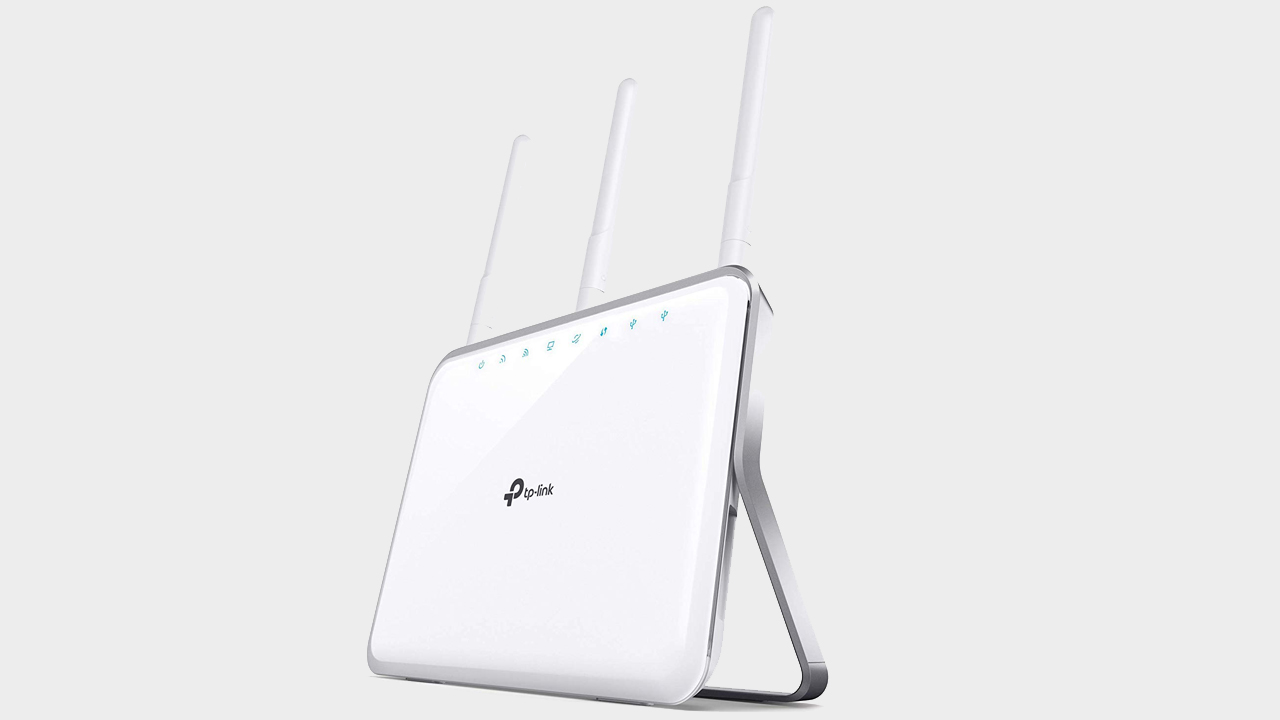
TP-Link Archer C9 AC1900
Specifications
Reasons to buy
Reasons to avoid
The design of the TP-Link Archer C9 can be described as 'quirky.' The exterior is a glossy white, and rather than the typical horizontal design, the Archer C9 heads in the other direction with a space saving vertical design, complete with a metal kickstand. Despite the price, this is no barebones model, as it has two USB ports, supports Beamforming, has four Gigabit Ethernet ports, and has parental controls.
Going beyond the looks, the speeds are impressive across the board, dominating other budget routers and seriously outperforming its price point. With throughput speeds that bested many other routers on the board, such as its 5 GHz speeds that we clocked at 311.1 Mbps on the close test, it's clearly punching above its weight. The downside of this router is that on the network congestion test we measured FPS at 16.55, a slower score with room for improvement in the QoS.
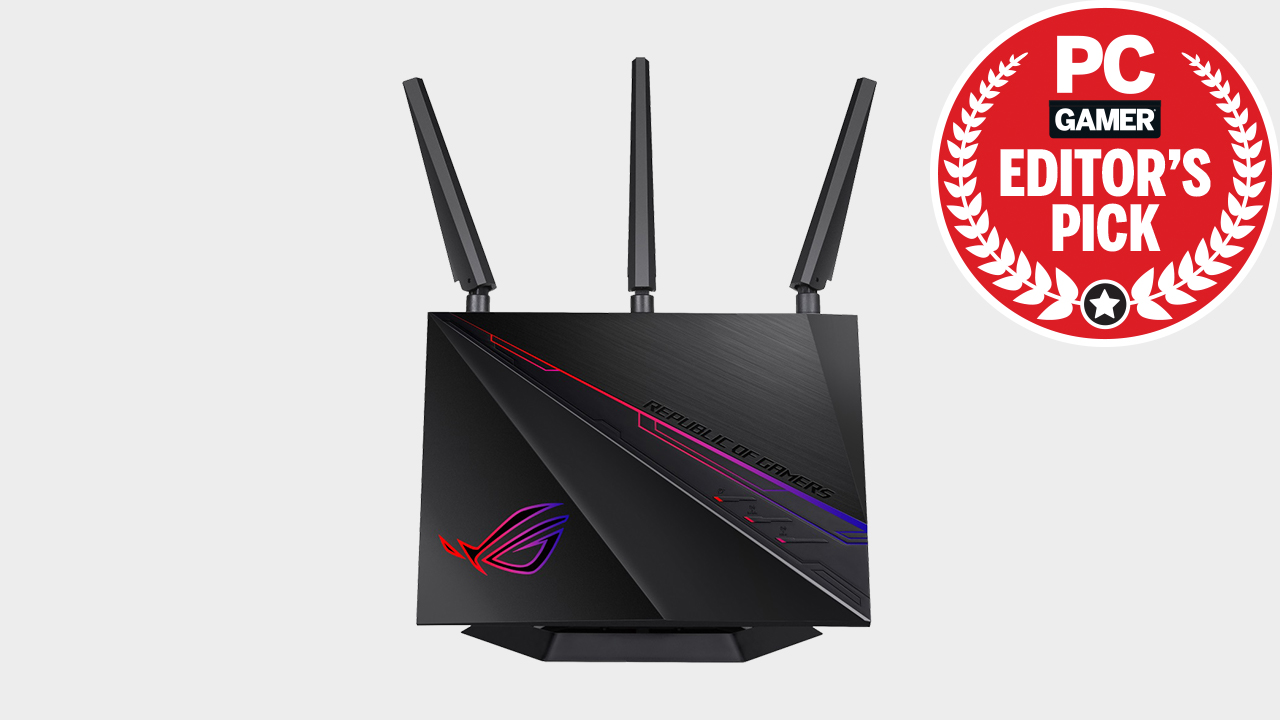
Asus ROG Rapture GT-AC2900
Specifications
Reasons to buy
Reasons to avoid
Asus introduces its ROG Rapture GT-AC2900 router, an entry level step into the ROG line of networking hardware. It is vertically oriented to save space, and can even be mounted on the wall. (We appreciated the nifty screwdriver included to attach the stand.) However, don't let the slim appearance fool you as it has a total of four antennas, three that are externally apparent, and a less obvious fourth internal one. The highlight externally is the Aura RGB Lighting which offers multiple effects in a full spectrum of colors, and can also be switched off.
The GT-AC2900 focuses its feature set on gaming, starting with a dedicated LAN port for prioritizing gaming traffic. There is also class-leading Game Boost that applies QoS for gaming priority, and integrated WTFast for an included GPN. In fact, this router makes the short list of GeForce NOW recommended routers for Nvidia's cloud-based gaming service, which have to undergo testing to "ensure up to 90 percent of Wi-Fi bandwidth is dedicated to gaming" to make this exclusive club. Rounding out the package is Trend Micro's AiProtection Pro, network level antivirus protection, with included lifetime updates to keep your network secure.
In our bandwidth testing, the GT-AC2900 turned in slower scores on 2.4 GHz on both the close and far tests at 57.1 Mbps and 56.7 Mbps, respectively. The 5 GHz scores were an entirely different story with a fast speed of 339.2 Mbps on the close test, which dropped to a still-respectable 244.1 Mbps on the far test. All the gaming features came together on our network gaming congestion test with a 23.95 FPS gaming performance, while streaming dual 4K videos with 15.65 percent dropped frames—some of our better scores to date.
The diminutive Asus GT-AC2900 does indeed offer enough gaming-centric features to go toe to toe with its larger rivals.
